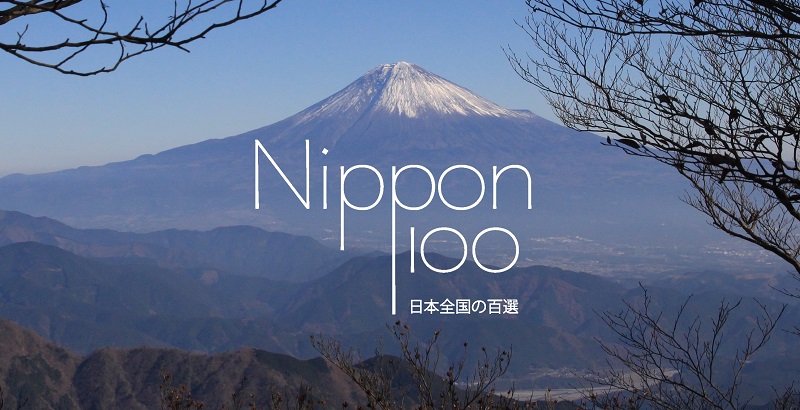Among the hundred landscapes of the 100 Heisei landscapes list, it would have been a surprise not to find Kyoto. And the former capital is to be found twice, for the “Historic monuments of Ancient Kyoto” – the wide group of temples and shrines that became World Heritage in 1994 – and for the traditional area of Gion, known for tea houses and geishas. If Kyoto is often introduced as must-go, it is also – because of that – a very crowded city all year round. Locals have thus been quite tired of tourism since some years ago…
As for us, we discovered Kyoto for the first time two years ago, in summer time. And while we appreciated the sight of the main temples – visually so impressive – they were not what we enjoyed the most at the time. But we were very interested when we had the chance to stay again in Kyoto, during last September, and explore the city one more time.
Our point is thus the following. The former capital is indeed a must-see, but might be better enjoyed during a second or third trip to Japan. As some spots are too impressive to be fully appreciated before knowing more about the country. Some background is necessary to understand their full extent.
Anyway, now that you are aware of our point, here are some pictures of the last time we have been there, to describe the two Heisei landscapes to be found in Kyoto according to the list.
The first one is the UNESCO World Heritage site named “Historic Monuments of Ancient Kyoto”, which encompasses 17 locations not only in Kyoto but also in Uji and Otsu cities in the immediate vicinity. Among these sites are the most famous temples and shrines, as the Fushimi-inari, the main shrine of all the inari shrines of the country dedicated to this rice deity.




 |
 |
 |
 |



But among the 17 Unesco locations, not all the sites are famous. And it is easy to find little gems with not so many travelers around. Enryaku-ji, in neighboring Shiga prefecture and one of the Heisei landscapes all by itself, was a good exemple.
Another interesting one, in Uji, is the Byodo-in temple. A beautiful and ancient one also to be found on the 10 yen coin.




Kyoto being so famous has even became an issue. For the locals, the increasing number of visitors brings new problems to the former capital of Japan. And in the touristic area of Gion, some travelers have been disturbing the traditional life. Which explains the many signs reminding not to catch a geisha’s kimono, for example…
Photos are of course possible, but be sure to remain subtle and discreet. And always ask politely to geishas and maikos before trying to take a picture.


Speaking of that, iconic Gion is the other landscape from Kyoto to be found in the 100 Heisei list. This central neighborhood, between Kamo river and Yasaka area, is composed of several traditional streets filled with mysterious ochaya, the tea houses where geishas are performing, and luxurious restaurants. But the city has also three others traditional geisha areas: Pontocho, Miyagawacho and Kamishichiken.

As visiting the ochaya is relatively difficult, a convenient solution to catch a glimpse of the traditional arts is to visit the Yasaka Hall in Gion Corner. The one hour daily show, for 3150 yen, allows to preview several of these arts. After a proper tea ceremony and ikebana session, two maikos are performing Kyo-Mai dance, before a Koto demonstration, Bunraku marionettes and finally a short Kyogen play. And the good news is that photos are allowed.

 |
 |

But the best way to discover Kyoto might definitely be to simply enjoy long strolls through the city, crossing both touristic and non touristic areas.


 |
 |





How to get there?
Kyoto – being the former capital of the country, a major city and such a popular destination among travelers – is logically easy to reach from Tokyo, using the shinkansen (2,5h) or highway buses (8-9 hours).


